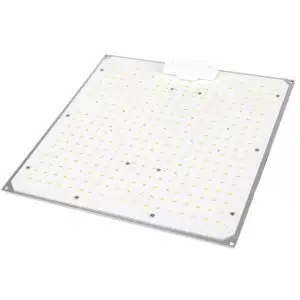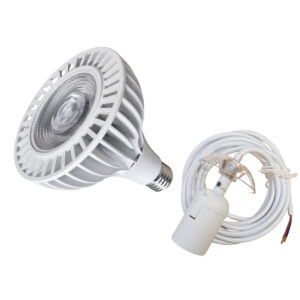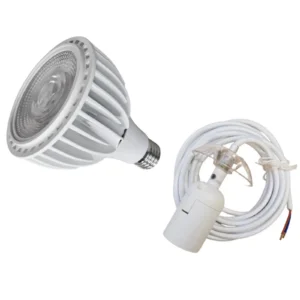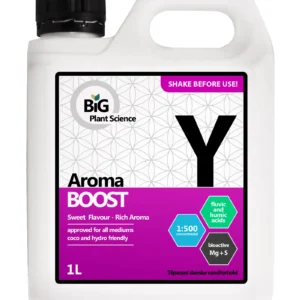Grow tomatoes indoors with LED grow lights
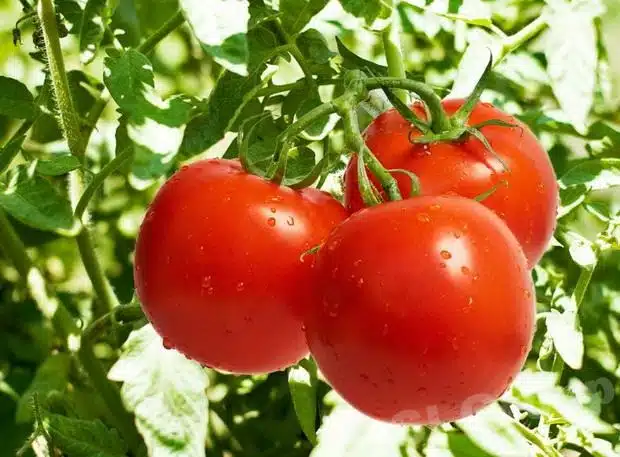
Growing tomatoes indoors can be a great way to enjoy fresh tomatoes all year round, regardless of the climate outside.
This guide is designed to help both beginners and experienced gardeners master the art of "Growing Tomatoes Indoors" from choosing the right seeds, plants, to care and harvesting, to choosing the right grow light.
Grow lights play a crucial role in indoor tomato growing as they compensate for the lack of natural sunlight, which is essential for the plant's photosynthesis and overall growth.
In this article you'll get a guide on which grow light to choose for indoor tomato growing
Table of contents
ToggleGrow tomato plants indoors with the help of this guide
Tomatoes are one of the most popular vegetables to grow at home, but what do you do if you don't have a garden, greenhouse or balcony? Fortunately, there is a solution – LED grow lights. In this article, we will show you how you can use LED grow lights to grow your own tomatoes indoors, all year round.
LED grow lights, also known as plant lights or grow lights, create the most ideal conditions for your tomato plants when it's not possible to find enough daylight or when the greenhouse is too cold.
Read more about how to use LED grow light for cultivation below
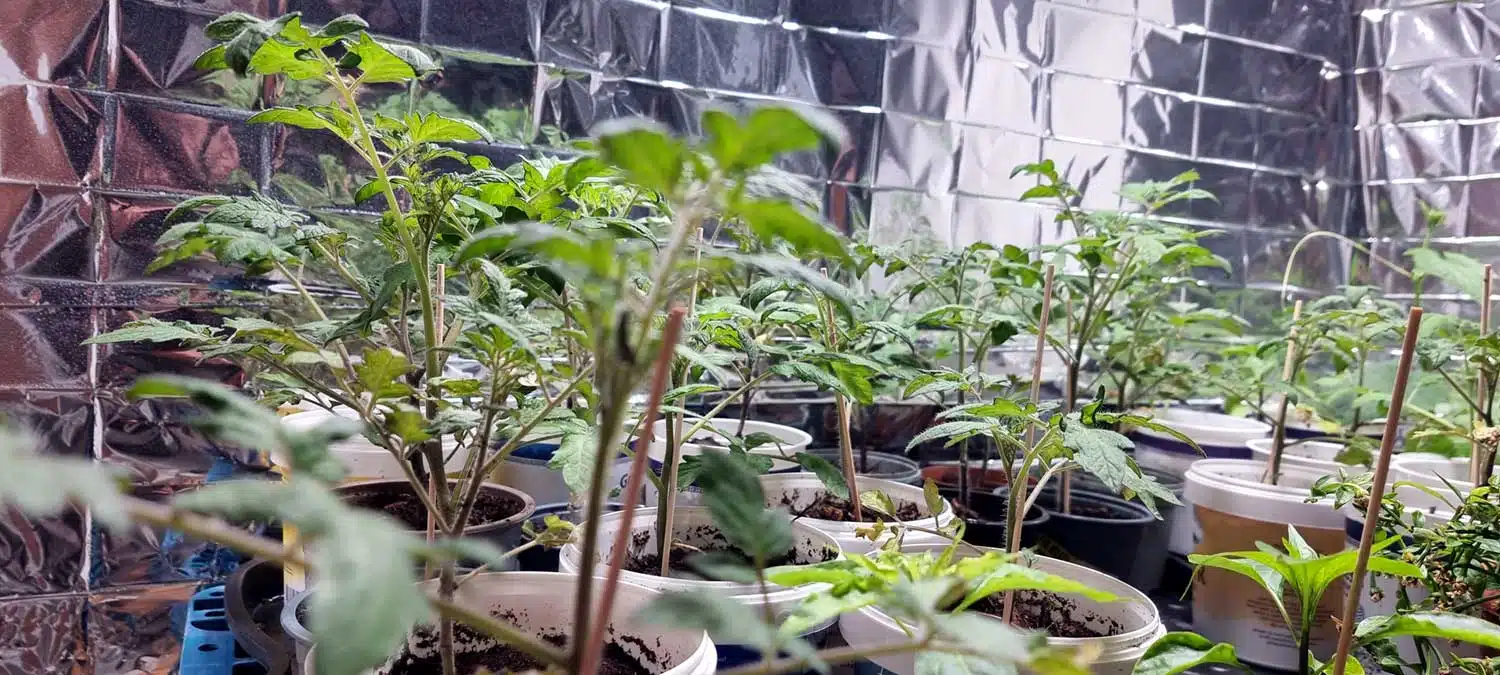
Choose the right light for growing tomato plants indoors
We always recommend using full spectrum LED grow lights for growing your tomatoes.
LED grow lights are recognised by us, other experts and researchers in the field, as the most optimal lighting type for plant growth.
LED grow lights not only protect the environment, but also your own wallet.
Unlike all the other alternatives, such as halogen and incandescent bulbs, LED grow lights have a much longer lifespan and are also approximately 60-90% cheaper to run.
Full spectrum LED grow lights give your plants the best lighting and optimal conditions for your tomatoes to grow big. So you get a tasty and large harvest.
See our selection here
-
- Sale!
SunLight Quantum board - LED grow light 100Watt dimmer
-
DKK 999,00Original price was: DKK 999,00.DKK 780,00Current price is: DKK 780,00. - Add to basket
Item no.: 26078 -
175W Grow light bulbs with socket and white wire PAR38 (35Watt)
- DKK 627,00
- Add to basket
Item no.: 26043 -
120W Grow light bulbs with socket and white wire (25Watt)
- DKK 577,00
- Add to basket
Item no.: 26042
How much grow light should tomato plants have?
Tomato plants are not the easiest plants to grow indoors. Tomato plants are one of the most light-intensive plants that it is possible to grow indoors, so it's not worth saving on lamp choice and using a small lamp when growing tomatoes. The recommendations below are based on a dimmable 100Watt LED Samsung Quantum Board with full spectrum light. Here we recommend the following light levels for growing tomato plants indoors at each growth stage:
| Phase | Lamp strength | PPFD Typical (μmol/s.m²) | DLI (μmol/d.m²) | Hours/day |
| Germination | 20-40% | 100 | 5-7 | 12-18 |
| Seedling | 40-60% | 200 | 8-12 | 12-18 |
| Growth | 60-90% | 230 | 14-18 | 12-18 |
| Flowers & Fruit | 90-100% | 600 | 20-50 | 12-14 |
It is therefore crucial that the chosen plant growth lamp has the ability to control the intensity with a dimmer and it is possible to adjust the height of the lamp, as the closer the lamp is to the plant, the more PPFD the plant receives.
This gives the tomato plant the best chance of surviving and producing fruit with the least amount of energy consumption.
Tomatoes require darkness, they don't need light 24/7
Tomato plants need the right amount of light to grow, but that doesn't mean your tomatoes should never get dark. Tomatoes often grow in the south, where heat and light play a significant role.
That doesn't necessarily mean they can't enjoy a bit of darkness, which they also experience in their natural environment when night falls.
It is therefore not only important that your tomatoes get the right amount of light, but also the right amount of darkness. For this reason, the LED grow light should not be switched on 24 hours a day. Instead, always make sure your tomato plants get at least a 6-hour break from the light every single day. We all know that when there is light, plants photosynthesise. When it's dark, plants can respire, and most plant varieties grow best if they have the opportunity to do both.
Use less fertilizer
Light and heat are, of course, the most important factors when growing tomatoes.
Fertiliser also plays a significant role, if there is too little fertiliser, the plant will not grow optimally, but too much fertiliser can also cause problems.
To achieve tasty tomatoes, it's important to dose the fertiliser correctly, as indoor tomato plants don't require as much fertiliser as plants growing in the greenhouse or outdoors.
If you use fertiliser with a high nitrogen content, your tomatoes will appear red and lush, however, they will be less tasty than they would have been if the plant received less nitrogen.
However, you can also increase the flavour of your tomatoes by adding some Aroma Boost 1L from BiG Plant Science to the water during the fruiting phase.
-
BioPower Y – Aroma Boost 1L – BiG Plant Science
- DKK 168,95
- Add to basket
Item no.: 26060
FAQ
What are tomatoes and why are they so popular?
A: Tomatoes are a fruit known for their sweet taste and juicy texture. They are rich in vitamin C and antioxidants, which help fight free radicals in the body. Tomatoes are also a source of vitamins A and K, as well as potassium, which is important for the heart and blood pressure. In addition, research has shown that tomatoes can help reduce the risk of certain cancers and improve skin health.
Why are my tomato plants turning pale green?
A: The leaves of plants become typical light green in colour, if the plants don't get enough nitrogen (N).
This could be because there is either something in the soil/water or because the roots are rotten and can therefore supply enough nutrients.
Try adding more nitrogen (N) at the next watering, you can use a good quality liquid fertilizer with high levels of nitrogen, phosphorus and potassium.
This could be because the soil you're using is too poor.
Make sure your soil is well-drained and rich in organic matter.
You can improve the soil structure by adding compost or other organic material. Other causes can be: Too little light, watering problems (too much/too little), diseases and pests, temperature stress.
Why are my tomato plants turning purple?
A: Your tomato plants typically turn purple because they lack phosphorus (P).
It's very common for tomatoes to suffer from phosphorus deficiency. In most cases, it can be caused by the plants being too cold.
Remember that tomato plants are heat-demanding and grow best at temperatures between 18-27 degrees Celsius.
If the temperature drops below the level, it can lead to purple leaves and slow growth.
Make sure to protect your plants from the cold by covering them with a plant blanket or moving them indoors if they are potted.
Can tomatoes overwinter indoors?
A: Yes, tomatoes can overwinter indoors, but it requires some specific conditions to ensure they thrive. To keep tomatoes healthy, make sure they get plenty of light, either near a window with good natural light or by using artificial grow lights. Temperature should be kept stable and ideally between 18-24°C while avoiding cold drafts. Watering should be adjusted as needed; check the soil regularly and water when the top part of the soil is dry. Tomatoes also thrive in high humidity, so consider using a humidifier or a bowl of water to increase the humidity around the plants. Pruning out dead or damaged parts can help prevent disease and promote healthy growth. By following these guidelines, you can help your tomatoes survive the winter indoors and possibly continue to produce fruit.
When are tomato plants put in the greenhouse?
A: Tomato plants are very sensitive to frost. Make sure there is no risk of frost before you put the plants in the greenhouse. This time varies depending on your location, but it is usually from mid-April to early May in Denmark. Remember that tomato plants thrive best at temperatures between 18-27 degrees Celsius. It is also recommended that the plants have at least 3-4 mature leaves and are min. 15-20 cm high.
Seek advice and guidance for your project
At Plantelys we have many different types grow lightsuitable for all types of plants in different growth stages.
It can therefore be a bit confusing to figure out which light is right for your purpose. If you are unsure about which LED grow light to choose for growing tomato plants indoors, you are always more than welcome to contact us.
We are always available for guidance and advice.
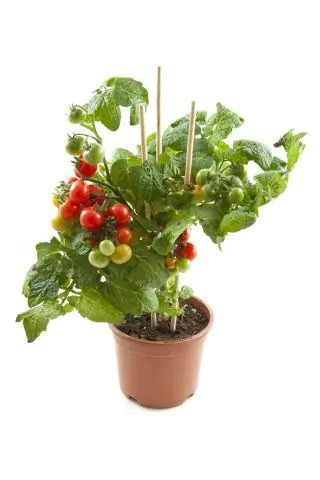
Check out our blog for other plants you can grow successfully at home: Guides for growing flowers and herbs


